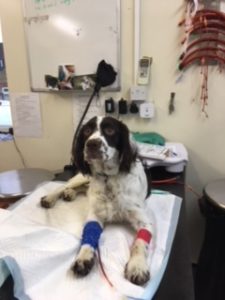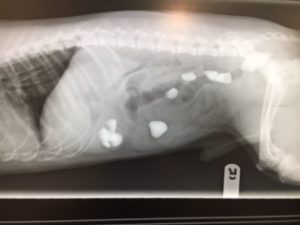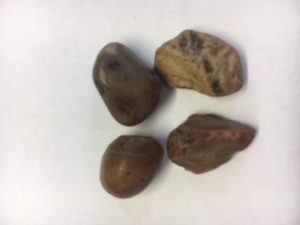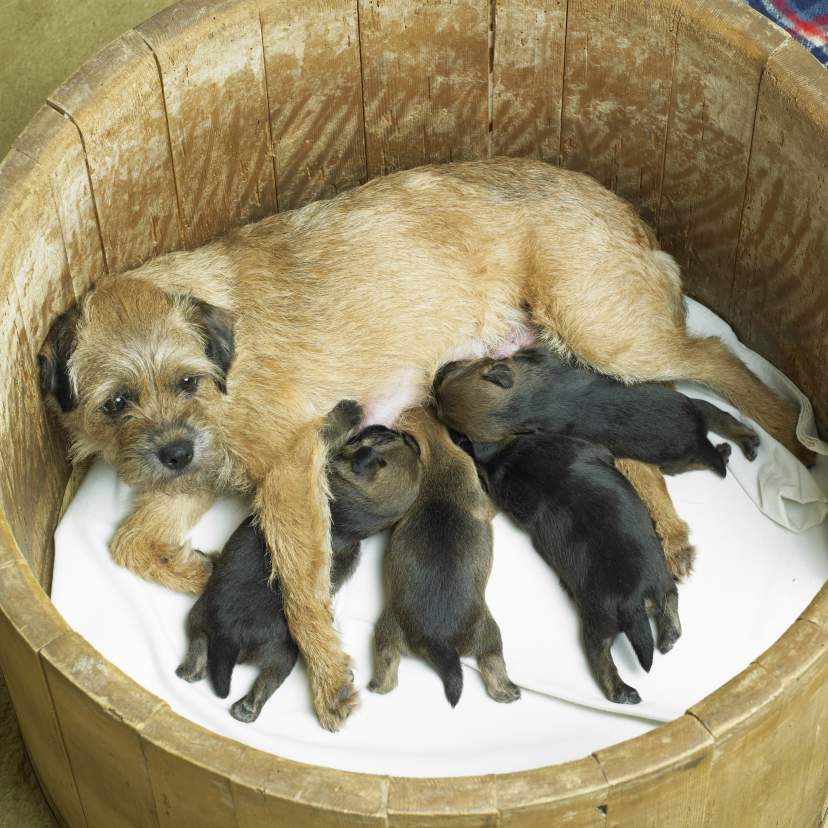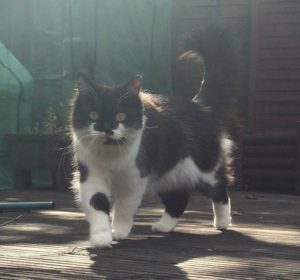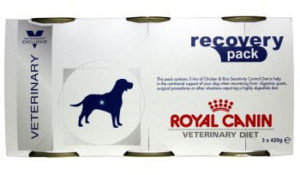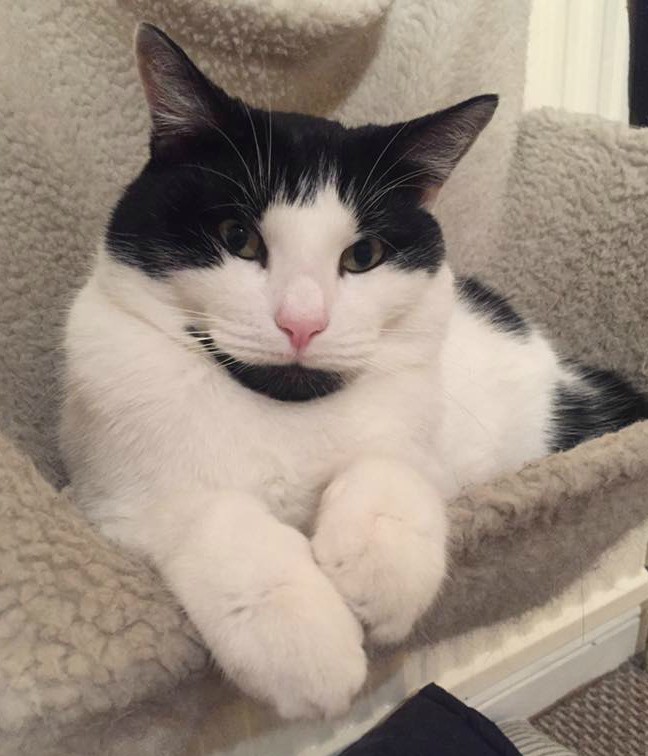Stomach saving surgery for a spaniel puppy.
Little Marley, a young liver and white Spaniel was bought into Young Veterinary Partnership, Hounslow after his concerned owners had noticed him vomiting continuously throughout the previous night. Marley had a thorough health check from Vet Dr Fulvia Conti, after discussions with his owner about what a scavenger he can be, like most puppies, Marley was admitted for further investigations.
Starting the investigations.
First a small blood sample was taken and tests were run at the surgeries in house laboratory to check for any infections or nasty bugs that puppies can pick up. These thankfully came back all completely normal so it was on to plan B. Under the watchful eye of the veterinary surgeon and nurse Marley was sedated and X-rays of his stomach were taken.
The X-rays showed Marley had clearly been having a feast – on stones! There were stones of all shapes and sizes scattered throughout the poor puppies digestive system. No wonder poor Marley had been so unwell the stones were causing him to be really uncomfortable and they were stopping any food from leaving his stomach – causing the vomiting.
Sometimes a dog can pass an object on their own so it was decided to give Marley 24 hours to try and pass the stones himself. He was put onto fluids and the surgery staff watched and waited throughout the evening and early morning.
The waiting game is over.
Sadly no stones were passed so Marley was anaesthetised the very next day and taken into theatre, with his every breath being watched by experienced nurse Anne Marie Harrison. Due to the amount of stones Marley had eaten the surgery was very complex. The stones were scattered throughout different parts of Marley’s stomach, intestines and colon. The larger stones were removed and Marley was re X-rayed to ensure there were no more hiding out of view. The operation took around an hour and a half to complete and required a very delicate touch. Veterinary surgeon Fulvia Conti said “He is a very lucky dog that his loving owners reacted quickly and bought him straight to us, if left untreated the outcome could have been very different. It just goes to show that you really do need eyes in the back of your head when it comes to caring for puppies!”
Marley was extremely brave and became a firm favourite with all the nurses and the team were all so pleased to see him make such a quick recovery following such major surgery.
It is now 7 days after his surgery and Marley is making such a speedy recovery that his stitches have been removed and he can go back to being his usual playful self, under the very watchful eye of his owners!


